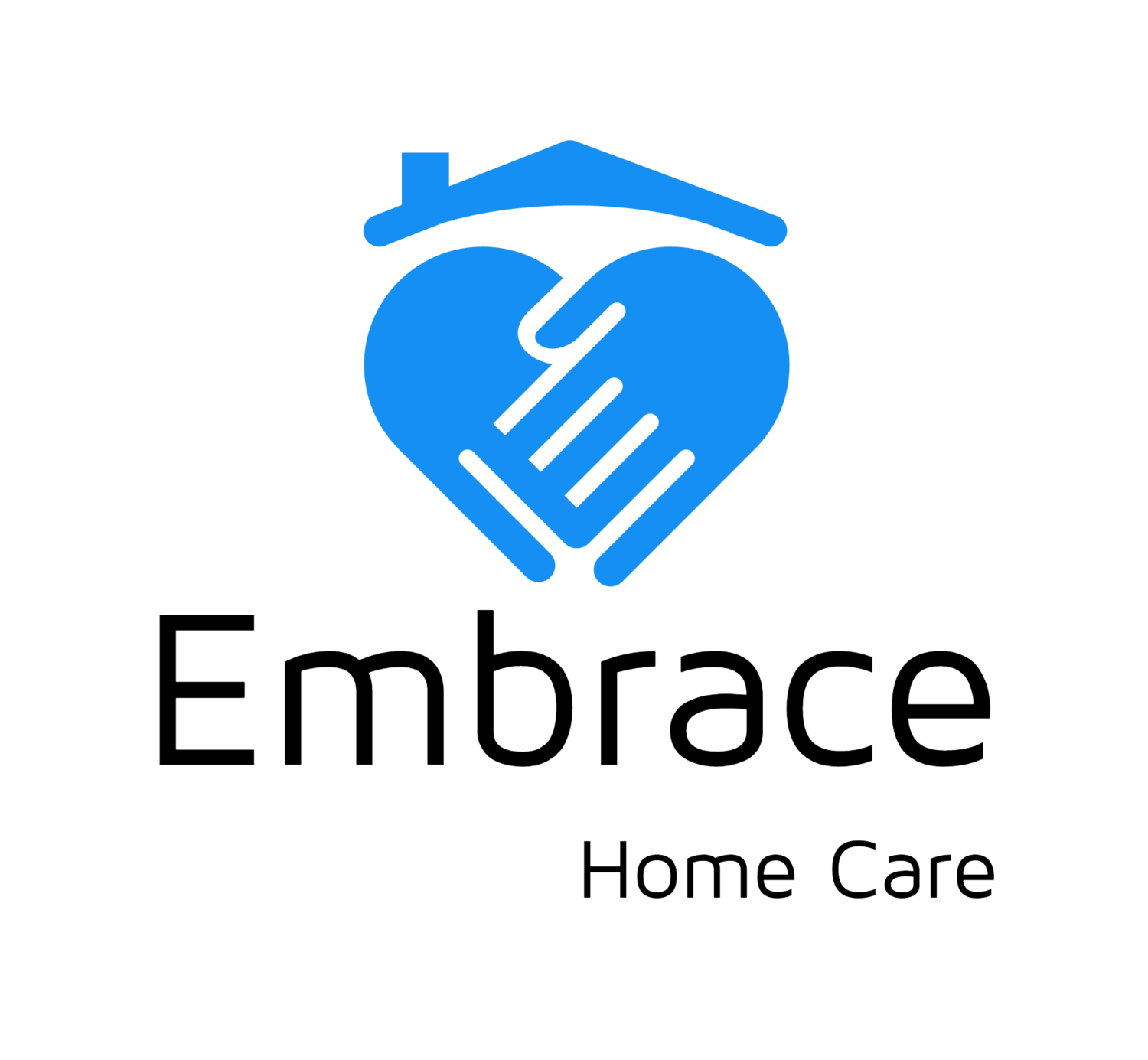Brain games linked to delayed cognitive decline in elderly
/(Reuters Health) - Older people who engage in mentally stimulating activities later in life may have a lower risk of developing mild cognitive impairment than their peers who don't challenge their minds, a study suggests.
For adults 70 and older without cognitive problems, playing games was associated with a 22 percent reduced risk of what's known as new-onset mild cognitive impairment, a condition that can happen before age-related declines in brain function give way to full-blown dementia.
Working on crafts was tied to a 28 percent lower risk of mild cognitive impairment, computer use was linked to 30 percent smaller odds and social activities were associated with 23 percent decreased risk, the study also found.
"Mentally stimulating activities perhaps in combination with known healthy life styles such as exercise are simple and inexpensive activities that can potentially protect people against the development of mild cognitive impairment," said senior study author Dr. Yonas E. Geda, a psychiatry and neurology researcher at the Mayo Clinic in Scottsdale, Arizona.
To see how different activities might influence the odds of developing impairments, researchers examined data on 1,929 adults age 70 and older who didn't have any cognitive problems at the outset. They evaluated participants every 15 months. Half of their subjects stayed in the study for more than four years.
In surveys, participants reported how often they did various activities. Researchers then compared the risk of new-onset mild cognitive impairment based on whether people did activities at least once or twice a week or no more than two or three times a month.
At the start of the study, half of the participants were at least 77 years old.
By the end of the study, 456 people had developed new-onset mild cognitive impairment, according to a report in JAMA Neurology.
Researchers took a closer look at a subset of 512 people who had an increased risk of cognitive decline because they carried a version of the apolipoprotein E (APOE) gene that is a risk factor for mild cognitive impairment and Alzheimer’s dementia.
For carriers of the high-risk APOE gene, only computer use and social activities were associated with a decreased risk of mild cognitive impairment.
The study wasn't a controlled experiment designed to test whether or how different activities might directly prevent or delay the onset of cognitive decline, the authors note.
Some previous research has found that repeating familiar activities, even challenging ones, may not necessarily be enough to ward off cognitive decline, said Dr. Denise Park, a longevity researcher at the University of Texas in Dallas who wasn't involved in the current study.
Playing games or socializing at home may not protect the brain against decline, but devoting several hours a week over several months to learning new activities may be associated with better brain function, Park said by email.
"Our research suggests mentally demanding, novel tasks like quilting or learning photography are worthwhile," Park added. "Learning how to use a computer and many apps" also helped.
Her advice to elderly people who want to keep their mind sharp: "Do something that is engaging and fun for you that you want to spend time on."
SOURCE: bit.ly/2jRRFj1 JAMA Neurology, online January 30, 2017.

